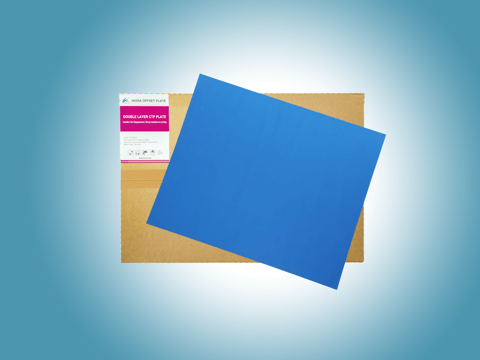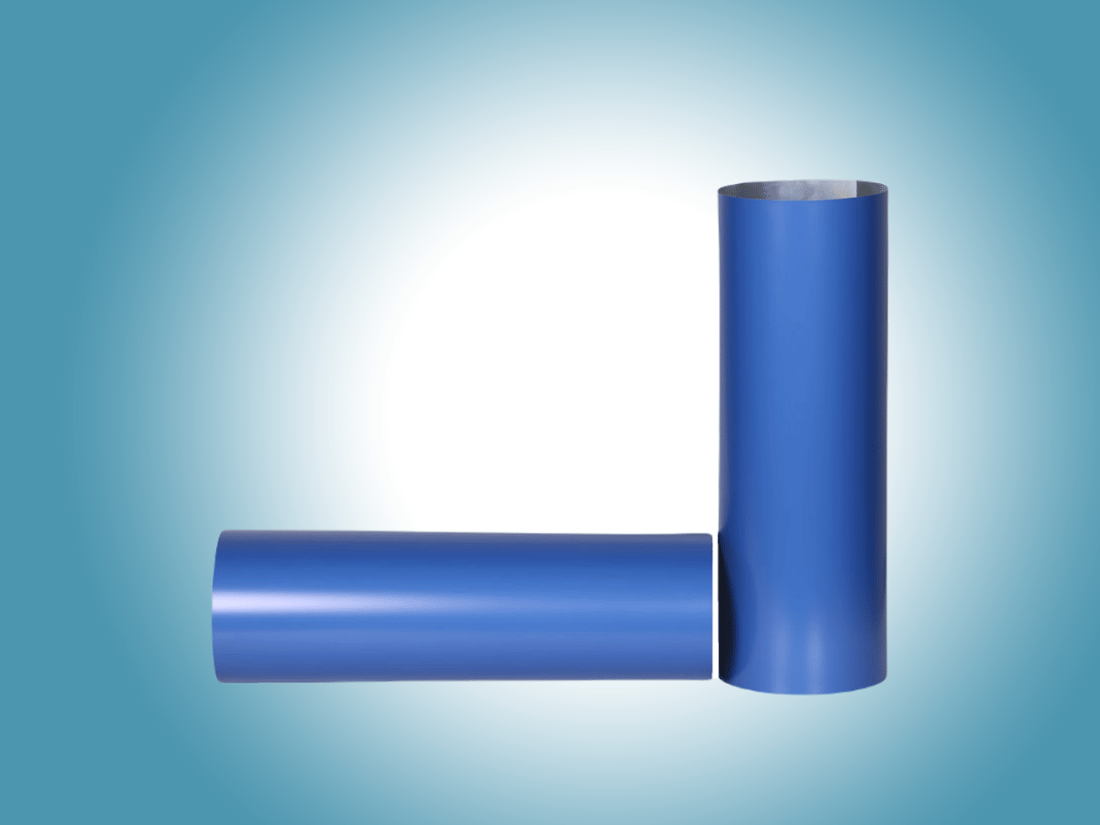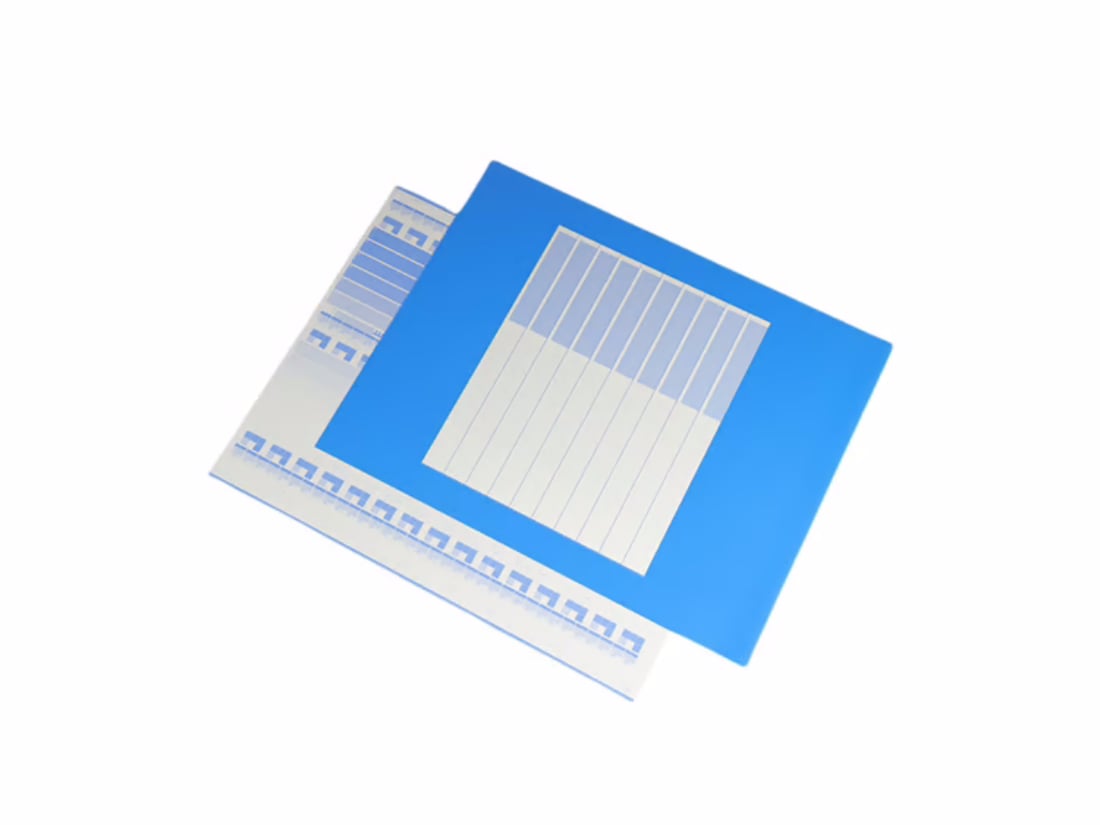
Offset printing plates have revolutionized the printing industry, allowing for more efficient and cost-effective production of printed materials. Offset printing plates are made from a variety of materials such as aluminum, polyester, and paper. They are used to transfer an image onto the substrate in a process known as offset lithography. This guide will provide an overview of the introduction to the offset printing plates, the benefits of using offset printing plates for your business, how to choose a right one, the process involved in producing offset plates, the different types of offset printing plates and how they revolutionize the printing industry.
What Are Offset Printing Plates

Offset printing plates are essential components in the printing process as they transfer images from the ink to the paper. The type of plate used varies depending on the printing method and can be made of paper, rubber, plastic or metal. Printing plates are made from various materials and act as a surface for the ink to be applied to. This ink is then transferred onto the printing cylinder which presses it onto the paper or material for a desired effect.
The Benefits of Using Offset Printing Plates for Your Business
Now there is a growing demand for personalized small-batch self-adhesive label printing in the market. Baidu can choose offset printing, intaglio printing and flexographic printing. The printing of small batch of self-adhesive labels requires low cost and short delivery time; However, product quality often requires bright colors, and most of the layers are composed of dots. Therefore, offset printing is a good choice for label printing, and offset printing also has the following advantages.
- Low cost:
The cost of printing small self-adhesive labels with offset press can be reduced to "cents". If it is processing with supplied materials, even if the profit is calculated in "cents" or "cents", there will be profits. Compared with embossed and flexographic plates, offset plates are cheap and do not require many auxiliary materials.
- High printing efficiency
In the prepress process, the production efficiency of ctp plate is high. At present, self-adhesive labels are colorful patterns, and usually require bright colors. And offset printing has advantages in dot printing, field printing is no inferior, and overprinting is also accurate. Because it is small batch printing, the time can be guaranteed. Using offset printing quick-drying ink, adding desiccant to the ink and spraying powder after printing can also effectively solve the problem of printing dirt and improve the printing speed.
- Strong timeliness
Small batch of self-adhesive label printing emphasizes timeliness. If the early plate-making process is complex and the plate-making cycle is long, it will inevitably affect the delivery time. The plate-making cycle of offset printing is short, and it is a suitable choice for label printing with complex patterns and strong timeliness.
The bulk printing is mainly offset printing. Therefore, offset printing is a good choice for label printing.
- Strong flexibility
It can more comprehensively meet the ever-changing market demand among printing enterprises, with strong applicability and wide range of capabilities. For example, in the process of white cardboard printing, the use of offset printing is more advantageous than screen printing in terms of both efficiency and cost. This process has strong flexibility and is very diversified in the design of packaging appearance.
What are the Different Types of Processes Involved in Producing Offset Printing Plates
Taking offset printing as an example, this paper introduces the process flow of manual printing and the pre-press, in-print and post-press processing. Preparations include: paper conditioning, ink modulation, wetting solution preparation, printing plate inspection, printing pressure adjustment, etc. The moisture conditioning treatment of paper is mainly to prevent the uneven moisture content of paper caused by environmental climate from causing paper deformation and static electricity, which is absolutely prohibited in printing. Make preparations before printing.
After the pre-press preparation work is completed, the paper can be loaded, the plate can be loaded, and the commissioning can be started. During the operation of the plate loading and trial printing, the paper feeding mechanism, the paper receiving mechanism, the ink conveying device, the water conveying device, and the printing pressure should be adjusted to ensure the smooth paper feeding, the water supply and the ink supply are moderate, and the printing pressure is appropriate to print high-quality prints.
After the above work is ready, turn on the machine for a while to make the ink supply and water supply moderate and uniform, and then add some overprinted paper on the paper feeding table for trial printing. If it is multicolor printing or multicolor printing, it is also necessary to carry out registration adjustment to determine whether the layout position is appropriate, whether the graphics and text are skewed, and whether the head, foot, left and right size and direction are aligned (generally, the registration adjustment is carried out with the rule line). After the registration operation is completed, start the trial printing and print several samples for quality inspection.
The preparation of oil container includes the preparation of special oil container and the addition of some additives to conventional oil container. If the viscosity of the oiler is not appropriate, add ink mixing oil that can increase or decrease the viscosity; The dry bath property of the ink is not good, and the dry bath agent can be added. Various additives must be added according to the process, equipment, paper and ambient temperature, and the dosage should be appropriate.
The inspection of the printing plate includes: the inspection of the type and color of the printing plate, the thickness of the printing plate, the size of the mouth of the printing plate, the inspection of the lines, the inspection of the depth of the printing plate, and the inspection of the quality of the printing plate, whether there is any dirt or scratch. Adjustment of printing pressure: according to the printing plate thickness, paper specification, thickness of rubber blanket, thickness of lining material, printing process requirements and other factors, select appropriate drum lining to make the printing pressure meet the printing process and quality requirements. In this way, the manual printing can be completed.
What are the Different Types of Offset Printing Plates
The offset printing plate can be divided into metal plate and paper base plate according to the plate base material;
It can be divided into protein version, base paint flat intaglio version, PS version and multi-layer metal version according to the basis of graphics and text;
According to the purpose, it can be divided into proofing version and printing version.
A protein plate is a printing plate whose image and text are based on a hardened protein film, which is about 3~5/xm higher than the surface of the printing plate.
The flat gravure plate is printed with a positive image, and the metal base of the image and text parts is corroded with corrosive solution, so the image and text parts are slightly lower than the layout.
Multi-layer metal plate uses hydrophilic and hydrophilic metal as the printing plate. Its basic characteristics are: hydrophilic and hydrophilic performance are relatively stable, high printing resistance, bright ink color, rich layers, and good color reproduction.
According to the concave or convex shape of the image and text, it can be divided into flat convex and flat concave multi-layer metal plates.
Now these three types of printing plates are basically not used, but replaced by PS version. PS plate is generally a plate with aluminum plate as the plate base (also paper plate, used for office printing), and coated with photosensitive liquid on the plate base in advance. The PS plate is based on the polymer photosensitive resin layer, which has good resolution. The printing plate made of PS plate has bright and clean dots and rich layers. And its plate making is fast, and its plate resistance is high.
Here are some common types.
- PS version

It (commonly known as offset printing plate) is suitable for color or monochrome printing with more precision. The applicable machine is a lithographic printing machine. Generally, the reserved plate can be used for continuation printing, and the printing quality is quite precise and good.
- Resin plate
It's uitable for mass production (trademark printing machine, rotary machine). For example, business card machine and disk machine are applicable to a small number of business cards, shop cards, invitations and stickers.
- Rubber engraving plate
Suitable for printing carton and other products.
- Zinc plate
For example, business card machine, disk machine and bronzing machine are applicable, especially for bronzing and embossing (using plate), with good quality. There are also plates for lithography (the earliest plate for lithography in China).
- Paper plate
It is applicable to fast printing machines, etc. (discarded after use). Because of the paper plate, it cannot be guaranteed, and its cost is relatively low.
- Screen printing plate
It is suitable for screen printing machines, etc. This version is suitable for printing some special materials, such as; Pp, pet, PVC, cloth, glass, leather, etc.
- Laser engraving plate
It is applicable to intaglio printing machine, mainly printing banknotes, plastic, cigarette bags and other products.
Huida Print-All Technology company, as an advanced and professional manufacturer of producing printing plate, mainly sales CTP, CTCP and PS plates as well as offering ODM/OEMs especially for the offset. For more information, please click the official website link here: https://www.huidaoffsetplate.com/.

